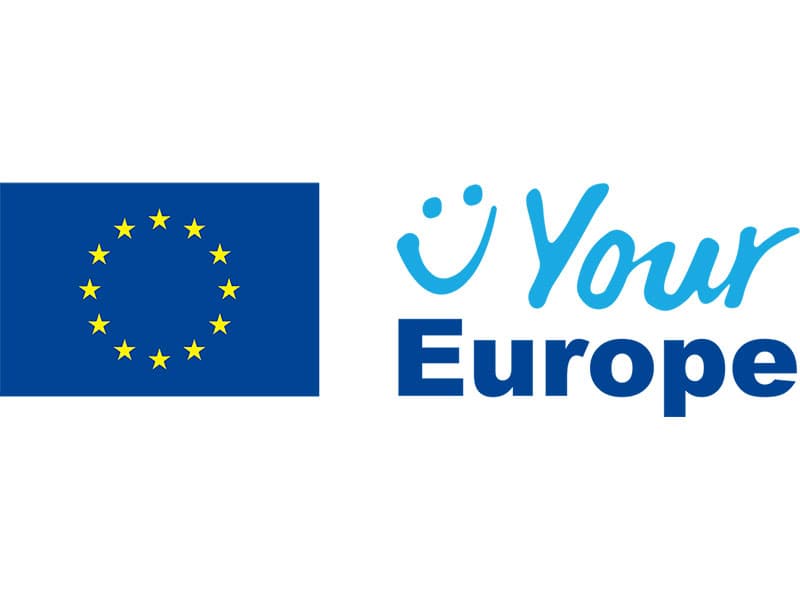CV
The curriculum vitae (CV) should be written clearly and structured logically. It is standard practice to include the CV with the application letter, but you should take a CV with you to the job interview anyway. In the CV you should also highlight the skills and experience that you feel are important for the position advertised.
If possible, there should be no gaps in the curriculum vitae; in other words, if you have been looking for work for six months, you may want to include career development training you have attended or a stay abroad in your CV.
Content layout and information - checklist
- Personal information: Forename and surname, any title
- Contact details: valid home address, telephone number and/or email address
- Education history: School, professional training, special skills (e.g. courses completed)
- Employment history and any internships
- Military or civilian service
- Foreign languages, including any time spent abroad
- Date and signature: A printed curriculum vitae should always be signed by hand; if the curriculum vitae is digital, a scanned signature should be added if possible.
- Citizenship, date of birth, place of birth, marital status and/or children can be added if you wish. A photo is also optional.
Further links
- Interactive application portal – Application training, application templates, application document creation using an online editor (Austrian Public Employment Service)German text
- Sample CV (Austrian Chamber of Labour - Lower Austria)German text
- Europass CV – Europe-wide standardised template (EU)
- Additional Services Europass CV (OEAD)German text
- "Richtig bewerben" – Practical folder for job searches (Public Employment Service Austria)German text
- Information on the subject of "Apply successfully” (Austrian Chamber of Labour)German text
Last update: 18/04/2025
Responsible for the content: oesterreich.gv.at Editorial Staff
Translated by the European Commission

